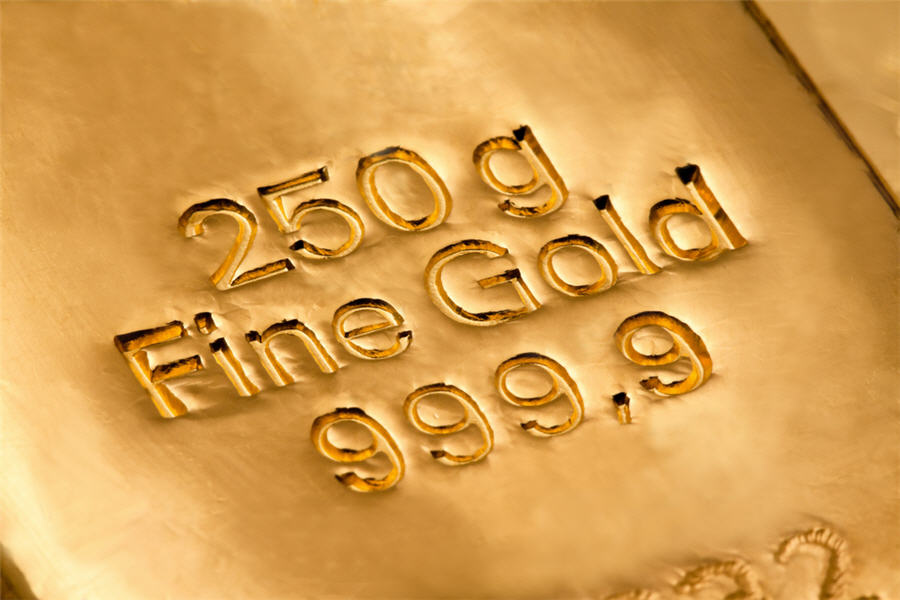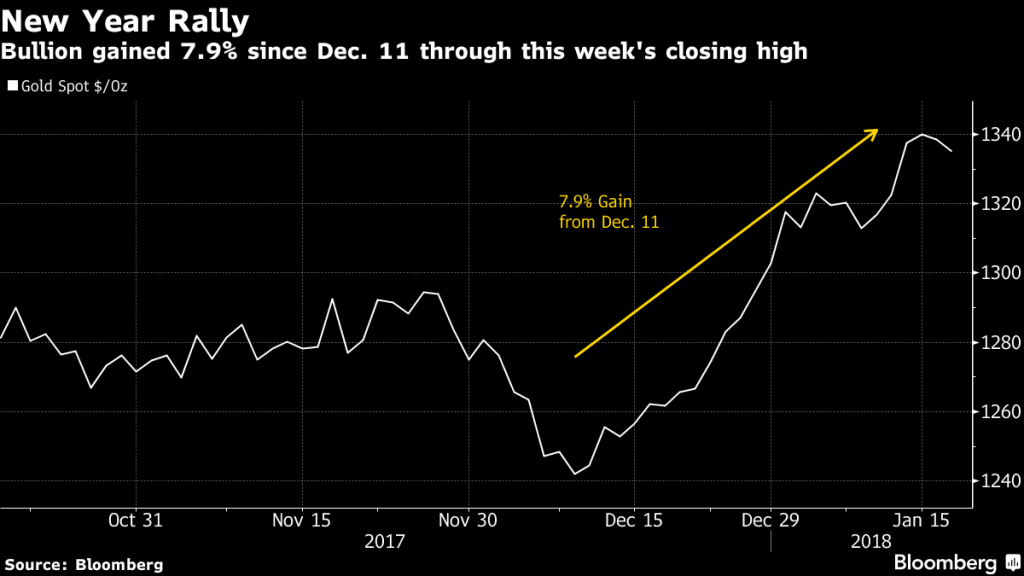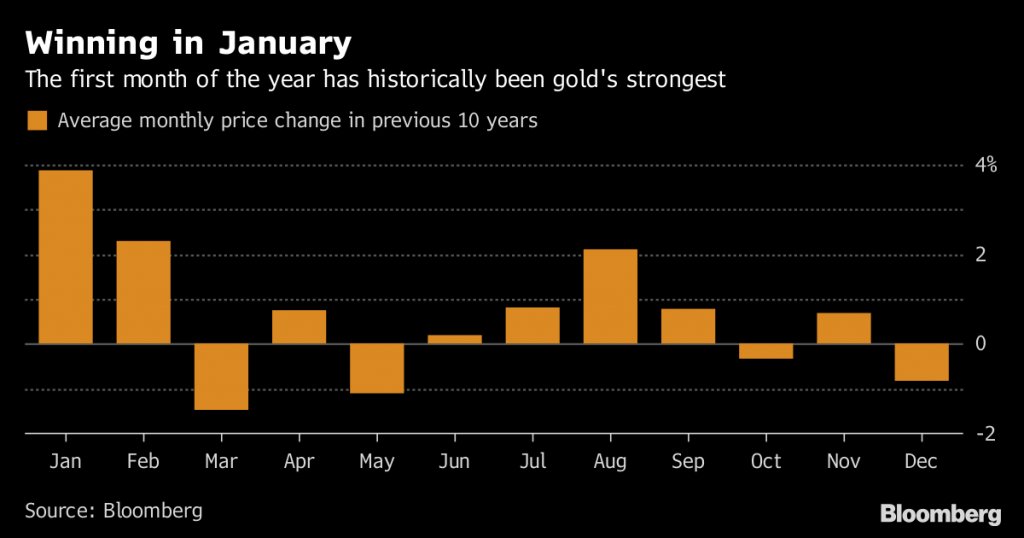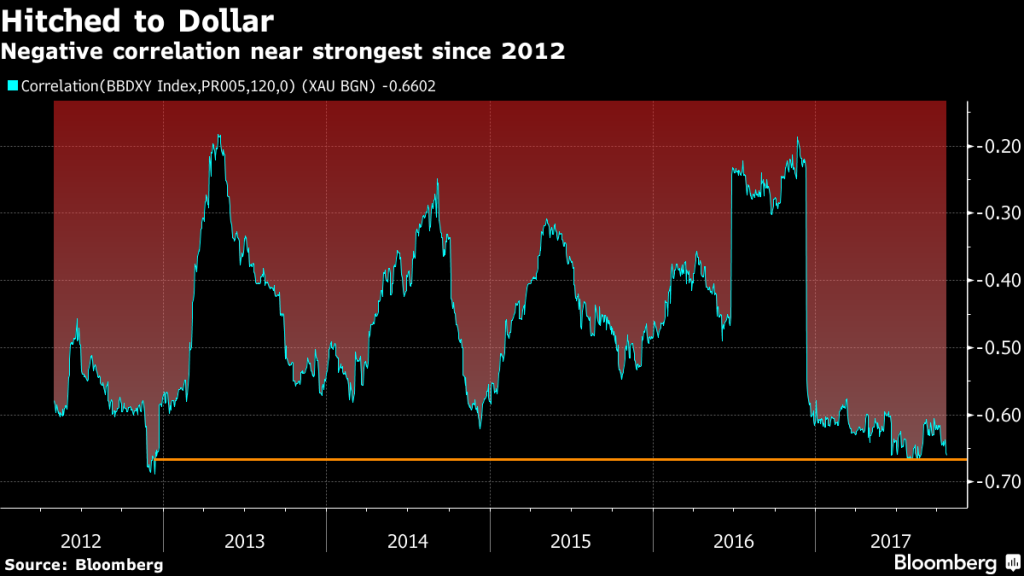
Gold’s breakneck rally eased this week, but tailwinds in both physical and paper markets suggest it’s got room to run.
Chinese New Year buying and option prices suggest the stars are aligning for the metal to extend its 6 percent gain over the past month.
“I’m always a bit nervous when gold prices rise this much, this fast,” said Mark O’Byrne, marketing director of bullion dealer GoldCore Ltd. “But there certainly is healthy demand from China and the futures market — I think we should break highs above $1,400 later in the year.”

Options traders are betting on at least another month of rising prices. They’re charging more for benchmark call contracts than for similar puts, and by the biggest premium since November. The bias, measured in implied volatility, has increased to about 0.6 percentage points.

Gold tends to do well in January and February. That’s when demand spikes in the biggest consuming nation, China. Over the past decade, the metal advanced by about 6 percent on average in the first two months combined. The Lunar New Year, which is often celebrated with gifts of gold in much of Asia, falls on Feb. 16 in 2018.
The first month of the year has historically been gold’s strongest

Still, a technical indicator points to a rally that may have grown tired.
The metal, which reached a four-month high this week, crossed into 2018 with an eight-day rally, the longest string of increases since 2011. Now, it’s considered overbought, according to the relative-strength index, a gauge of momentum.
As gold is quoted in the U.S. currency, its upswing largely depends on whether the greenback’s losing streak continues.
Option prices signal that traders foresee the dollar falling over the next month against the euro, yen and pound. That’s good news for bullion: The 120-day price pattern is close to its strongest negative correlation since late 2012.

Story by Todd White and Eddie van der Walt.